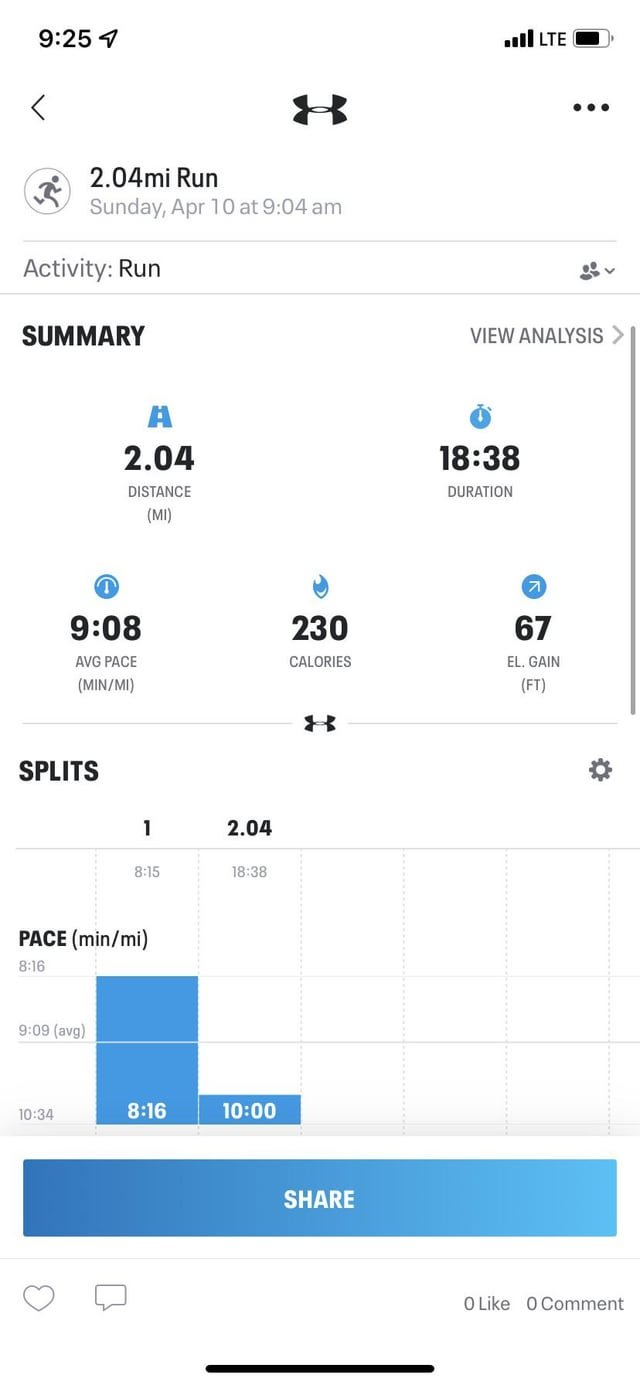

How Many Miles Do You Run In Cross Country: A Complete Guide
Cross country running distances vary, typically ranging from 3 to 6.2 miles per race. The question “how many miles do you run in cross country” often arises for beginners and seasoned runners alike. Understanding the distances involved is crucial for setting goals and preparing effectively. Let’s delve into the world of cross country running distances to uncover the challenges and exhilaration that come with each mile.
How Many Miles Do You Run in Cross Country
Welcome, young runners, to our guide on how many miles you typically run in cross country races! Whether you are just starting out or a seasoned cross country enthusiast, understanding the distances involved in this challenging sport is crucial. Let’s dive in to explore the various mileages you can expect to conquer on those picturesque cross country trails.
The Standard Distances
In cross country races, the distances can vary depending on the age group and level of competition. However, there are standard distances that are commonly used in cross country events. The most typical distances you will encounter are the 5k (kilometer) races for high school and college levels. A 5k race equates to approximately 3.1 miles. This distance is a perfect balance of challenge and achievability, making it a popular choice for cross country competitions.
For Beginners: 1-2 Mile Races
If you are just starting your cross country journey, you might begin with shorter races ranging from 1 to 2 miles. These distances are great for beginners to build up their endurance and get a feel for racing without overwhelming themselves with a longer course. As you progress and gain confidence, you can gradually increase the distance you run.
Regional and National Competitions
For more advanced runners or those competing at the regional or national level, you may encounter longer distances such as 8k (approximately 4.97 miles) or even 10k (approximately 6.2 miles) races. These longer courses require a higher level of endurance and training but can be incredibly rewarding for those who are up for the challenge.
Factors Affecting Race Distances
Several factors can influence the distances of cross country races. These factors are essential to consider as they can impact the level of difficulty and the strategies you may need to employ when running. Let’s take a look at some of these influencing factors:
Terrain and Course Layout
The terrain of the cross country course plays a significant role in determining the race distance. Courses that feature hilly terrain or challenging obstacles may have shorter distances to account for the increased difficulty. On the other hand, flat and smooth courses may have longer distances to provide a different kind of challenge to the runners.
Age Group and Skill Level
The age group and skill level of the participants can also affect the race distances. Younger age groups or beginners may have shorter race distances to ensure a positive and enjoyable experience. As runners progress to higher age groups or skill levels, the distances may increase to match the athletes’ abilities and provide a competitive and challenging environment.
Weather Conditions
Weather conditions, such as extreme heat or cold, can impact race distances to ensure the safety and well-being of the participants. In adverse weather conditions, race organizers may opt for shorter distances to prevent runners from experiencing dehydration, heat exhaustion, or other weather-related health issues.
Training for Different Distances
Preparing for cross country races requires specific training tailored to the race distance you will be running. Whether you are training for a 1-mile race or a 10k competition, focusing on the following aspects can help you improve your performance and achieve your running goals:
Endurance Training
Building endurance is crucial for conquering longer race distances. Include long runs in your training routine to gradually increase your stamina and ability to sustain your pace over the entire distance. Start with shorter distances and progressively extend the length of your runs as you build endurance.
Speed Workouts
Speed workouts are essential for improving your pace and overall race performance. Incorporate interval training, tempo runs, and hill repeats into your training plan to enhance your speed and running economy. By challenging yourself with different speed workouts, you can become a faster and more efficient runner.
Course-Specific Training
When preparing for a specific cross country course, consider tailoring your training to mimic the course’s terrain and challenges. If you know the course features hills, practice hill running in your training sessions. By familiarizing yourself with the course conditions, you can develop a strategic approach to tackle the race effectively.
As a cross country runner, understanding the distances involved in races is essential for your training and race-day strategies. Whether you are tackling a 5k course or gearing up for a longer 10k race, each distance presents its own set of challenges and rewards. By following a structured training plan, focusing on endurance and speed, and adapting your training to match the race distance, you can prepare yourself for success on the cross country trails. So lace up your running shoes, embrace the miles ahead, and enjoy the exhilarating journey of cross country running!
Remember, the key to success lies in consistent training, determination, and a positive attitude. Happy running!
3 Things I Wish I Knew Before Running Cross Country
Frequently Asked Questions
How long is a typical cross country race?
Most high school cross country races are typically 5 kilometers or approximately 3.1 miles. However, the distance can vary depending on the level of competition and the specific race course.
Is cross country running measured in miles or kilometers?
Cross country races are generally measured in kilometers, with the most common distance being 5 kilometers. This is equivalent to approximately 3.1 miles.
Do cross country races have different distances for male and female runners?
In most cases, both male and female cross country runners compete in races of the same distance. The standard distance for high school and college cross country races is typically 5 kilometers for both genders.
Final Thoughts
In conclusion, the mileage in cross country varies depending on the course and level of competition. Typically, high school cross country races cover 3.1 to 6.2 miles, while college and professional races span longer distances. The question of “how many miles do you run in cross country” is essential for training and preparation, as runners need to build stamina and endurance to tackle the distances. It’s crucial to set specific goals and tailor training plans accordingly for optimal performance.


